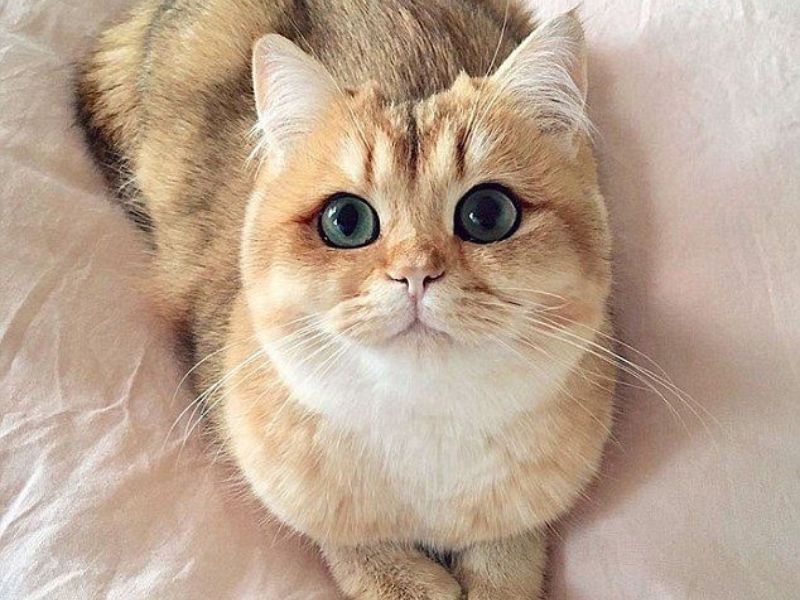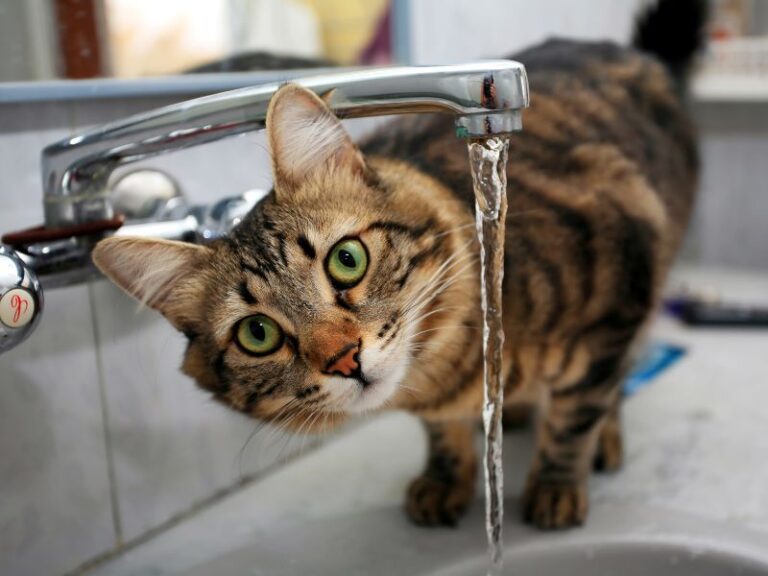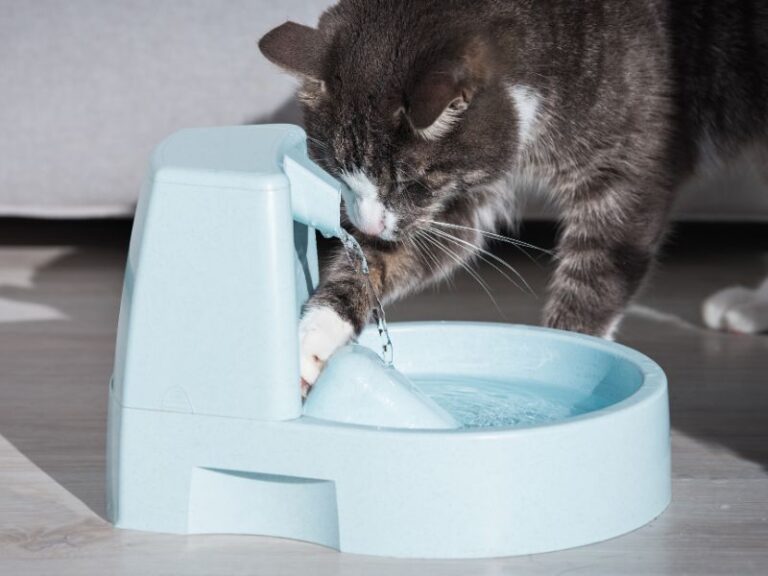Table of Contents
ToggleCats communicate through their body language, expressing a range of emotions and intentions without using words. This article aims to unravel the mysteries of cat body language and behavior, helping cat owners better understand their furry companions. By interpreting non-verbal cues, such as tail positions, ear movements, whisker behavior, and eye expressions, cat owners can build stronger bonds with their pets and provide optimal care. Understanding feline communication is vital for creating a harmonious environment and promoting the overall well-being of cats. Let’s embark on this journey together to uncover the fascinating world of cat body language and behavior!
Decoding Cat Body Language
The Subtleties of Cat Communication
Cats are enigmatic communicators who rely primarily on body language to express their emotions, needs, and intentions. As natural-born predators, they have evolved to be incredibly sensitive to their surroundings, making their non-verbal cues essential for navigating their environment and interactions with humans and other animals.
Understanding cat body language is vital for cat owners as it allows us to establish a deeper connection with our feline companions. By paying attention to their subtle cues, we can better interpret their feelings and respond accordingly. Tail movements, ear positions, and whisker behavior are some of the key aspects of their non-verbal communication.
What Your Cat’s Tail is Telling You
A cat’s tail is an expressive part of their body, serving as a window into their emotional state. Different tail positions convey distinct messages that help us understand our cat’s mood and feelings.
- A raised tail with a gentle curve often indicates a happy and confident cat, while a straight-up tail signifies excitement.
- A puffed-up or bristled tail may indicate fear, anxiety, or aggression.
- A low, tucked-under tail could suggest submission or discomfort.
- A rapidly flicking tail might denote irritation or heightened arousal.
By observing their tail language, we can identify cat sign language of a content, nervous, or agitated cat, allowing us to create a more peaceful and comfortable environment for our feline friends.
Read More >> Cat Tail Language – Their Positions and Their Meanings
Ears, Whiskers, and Eyes – Windows to Your Cat’s Emotions
Cats’ ears, whiskers, and eyes provide additional insights into their emotions and mood.
- Cat Ears: A cat’s ear positions are telling indicators of their feelings. Relaxed, forward-facing ears often accompany a content and relaxed cat. Flattened or backward-facing ears might indicate fear, aggression, or discomfort. Erect, pointed ears can signal curiosity or heightened alertness.
- Cat Whiskers: Cats’ whiskers are highly sensitive and act as vital tools for navigation and sensory input. When a cat’s whiskers are forward, it usually means they are at ease. However, if they are drawn back tightly against their face, it could suggest tension or discomfort.
- Cat Eyes: A cat’s eyes and pupils can reveal much about their emotional state. Dilated pupils might suggest excitement, fear, or aggression, while constricted pupils might indicate stress or illness.
- Cat tail language: Cat tail language involves interpreting a cat’s emotions and intentions through the movement and position of its tail. A raised, gently curved tail suggests a content and friendly cat, while a puffed-up tail signals fear or aggression. Understanding cat tail language enhances communication and strengthens the bond between cats and their owners.
By interpreting their ear positions, whisker behavior, and eye expressions, we can better understand our cat’s emotions and respond appropriately to their needs.
Common Cat Behaviors
Understanding Your Cat’s Behavior
A cat’s body language and behavior are intricately linked, providing valuable insights into their emotional and psychological state. By observing their body language cues, such as tail movements, ear positions, and whisker behavior, we can decipher their feelings and intentions.
Understanding feline behavior goes beyond decoding individual gestures; it also involves considering the impact of environmental and social factors. Cats are highly sensitive to their surroundings, and changes in their environment can significantly influence their behavior. A sudden move to a new home, introduction to new pets, or changes in daily routines can all affect a cat’s behavior.
As responsible cat owners, recognizing the connection between body language and behavior enables us to create a nurturing and supportive environment for our furry companions. By providing a stable and enriched living space and promoting positive social experiences, we can help our cats thrive both physically and emotionally.
Understanding Cat Posture
A cat’s posture is a visual representation of their emotions and feelings of security. By understanding various cat postures, we can gain deeper insights into their current state of mind.
- The Relaxed Posture: A cat lying on its side or back with its legs extended and belly exposed indicates a high level of comfort and trust. This posture reflects a sense of security and contentment.
- The Crouched Posture: When a cat crouches close to the ground with its body tense and ready to pounce, it may signify a mix of curiosity and readiness for play or hunting.
- The Defensive Posture: Cat arched back with fur standing on end and an upright tail indicates a defensive and fearful sign. This posture is a defensive mechanism to make the cat appear larger and more intimidating.
- The “Bread Loaf” Posture: When a cat sits with its paws neatly tucked under its body, resembling a loaf of bread, it typically signals a relaxed and content demeanor.
- The “Cat Loaf” Posture: This is similar to the “Bread Loaf” posture, but with the addition of a tucked-in tail. It suggests a cat is resting but alert, ready to respond to anything in its surroundings.
Vocalizations and Verbal Clues
While cats are not as vocal as some other pets, they still use vocalizations to communicate with humans and other animals. Each vocalization carries its own meaning and purpose.
- Meows: Meowing is the most common way cats communicate with humans. They may meow for various reasons, such as expressing hunger, seeking attention, or greeting their owners. The tone and intensity of the meow can offer clues about their urgency or emotional state.
- Purrs: Cats purr when they are content and relaxed. However, purring can also be a self-soothing mechanism in stressful situations, such as during a visit to the veterinarian.
- Hisses: Hissing is a defensive vocalization used when a cat feels threatened or afraid. It serves as a warning to potential intruders or aggressors to back off.
Understanding these vocalizations can help us better communicate with our cats and respond to their needs and desires more effectively. By acknowledging and respecting their vocal cues, we can foster a stronger bond with our feline friends.
Reading Emotions Through Behavior
Signs of a Happy Cat
A content and happy cat exhibit specific behavioral cues that reflect their emotional well-being. Understanding these cat sign language allows cat owners to ensure their pets’ happiness and overall satisfaction.
Content cats often display relaxed body language. They may lie on their side or back, with their belly exposed, indicating a sense of trust and security. Purring is a typical sign of contentment, and a gentle kneading motion with their paws can also accompany their purring.
Creating a safe and enriching environment is paramount in fostering contentment. Providing a designated space for scratching, climbing, and exploring helps satisfy a cat’s natural instincts. Interactive toys, regular playtime, and positive interactions with their human caregivers contribute to a happy and engaged cat.
Recognizing Fear and Anxiety
Identifying signs of fear and anxiety in cats is crucial for providing them with the support they need during challenging times. A fearful or anxious cat may display various behavioral cues.
- A cat that crouches close to the ground with ears flattened and tail tucked between its legs is likely feeling scared or threatened.
- Excessive grooming, restlessness, or attempts to hide can be signs of underlying anxiety.
- Vocalizations like hissing, growling, or excessive meowing might indicate a cat’s discomfort and fear.
To help cats feel secure and reduce anxiety, it’s essential to create a calm and comforting environment. Providing secluded spaces or safe hiding spots allows cats to retreat when they feel overwhelmed. Additionally, establishing a routine and avoiding sudden changes can help reduce stress and anxiety.
Introducing pheromone diffusers or calming products can also aid in soothing anxious cats. In some cases, consulting with a veterinarian or a professional animal behaviorist may be necessary to address severe anxiety issues.
Relevant >> Cat Anxiety | How to calm an anxious or stressed cat
Aggression and Defensive Behaviors
Aggression in cats can be triggered by various factors, such as fear, territoriality, or pain. Recognizing aggressive displays and understanding potential triggers is essential in managing and diffusing tense situations.
Aggressive behaviors include hissing, growling, swatting, or biting. A cat may also puff up its fur, arch its back, and vocalize aggressively when feeling threatened or cornered.
To handle and manage aggressive behavior, it’s crucial to avoid actions that may escalate the situation. Never punish an aggressive cat, as it may reinforce their fear or aggression. Instead, give the cat space and time to calm down.
Redirecting their attention with toys or treats can help diffuse aggression and shift their focus away from potential triggers. If aggressive behaviors persist or become a safety concern, seeking professional guidance from a veterinarian or a certified animal behaviorist is recommended.
Creating a harmonious and stress-free environment, understanding and respecting a cat’s boundaries, and using positive reinforcement can contribute to reducing aggressive behaviors over time.
Relevant >> Understanding Cat Aggression And How To Address It
Interpreting Specific Behaviors
Cat Sitting Down or Lying Position
A cat’s sitting or lying posture can reveal much about their emotional state and comfort level. The way they choose to sit or lie down provides insights into their feelings of security and trust in their surroundings.
- The Relaxed Posture: When a cat sits or lies down with their body in a relaxed and open position, it indicates a high level of comfort and contentment. They may sprawl out with their legs extended or curl up with their paws tucked underneath, showcasing a sense of ease and relaxation.
- The Tensed Posture: If a cat sits or lies down with their body tense and muscles tight, it may suggest a level of vigilance or wariness. In such cases, they may be in a new or unfamiliar environment, and their guarded posture reflects their cautious approach.
The chosen location for sitting or lying down also holds significance. Cats prefer spots that provide a sense of safety and security. A cat may choose elevated perches or cozy hiding spots to observe their surroundings while feeling protected from potential threats. Their choice of location can also depend on temperature and weather conditions, seeking warmth or coolness to maintain their comfort.
Understanding a cat’s sitting or lying posture helps cat owners gauge their emotional well-being and comfort level. By providing them with a secure and enriched environment, we can ensure they have ample opportunities to relax and feel at ease.
The Arched Back: Fear or Playfulness?
An arched back in cats can have different meanings, depending on the context and accompanying body language. It is essential to differentiate between fear-induced arching and playful behavior.
- Fear-Induced Arching: When a cat arches its back with fur standing on end and tail bushed out, it is likely displaying a defensive posture. This reaction is triggered by fear or feeling threatened. The cat aims to appear larger and more intimidating to potential dangers.
- Playful Behavior: In a playful context, a cat may arch its back as part of a game. During play, they might engage in a “play bow” where they crouch low to the ground and then arch their back before pouncing or running. Playful arching is typically accompanied by other playful behaviors like batting at toys or engaging with their human companion.
By observing the overall body language and context, cat owners can distinguish between fear-induced arching and playful behavior. Understanding the root cause of their arched back enables us to respond appropriately and provide reassurance or participate in their playful antics accordingly.
The Cat Crouch: A Defensive Stance
A cat may crouch or hunch down as a defensive stance when they feel threatened or scared. This posture is a natural survival instinct that allows them to protect their vital organs and quickly spring into action if needed.
When a cat crouches, they may tuck their body close to the ground, with their tail wrapped around their body and ears flattened against their head. This defensive posture signifies their readiness to defend themselves if they perceive a potential threat.
Cats may crouch in response to unfamiliar stimuli, new environments, or the presence of other animals that they perceive as potential adversaries. It’s essential to give cats space and time to feel safe, allowing them to relax and come out of their defensive stance when they feel more secure.
Creating a calm and reassuring environment and avoiding sudden movements can help reduce the frequency of defensive cat crouching. Building trust through positive interactions and gradually introducing them to new situations can help cats feel more at ease and reduce the need for a defensive stance.
Tips for Better Communication with Your Cat
Strengthening the Human-Animal Bond
Understanding and responding to cat body language can have profound benefits for both the human and feline companions. By developing a deeper connection through improved communication, cat owners can create a harmonious and fulfilling relationship with their pets.
- Pay Attention to Body Language: Observe tail positions, ear movements, whisker behavior, and overall posture to understand your cat’s emotions and comfort level.
- Respect Their Boundaries: Avoid forcing interactions and let your cat approach you on their terms to foster trust and security.
- Provide Enriching Environments: Offer interactive toys, scratching posts, and climbing structures to engage your cat’s natural instincts and promote well-being.
- Use Positive Reinforcement: Reward desired behaviors with treats, praise, or affection to encourage positive associations and repeat those behaviors.
- Engage in Playtime: Regularly play with your cat using toys that mimic prey movements to strengthen the bond and alleviate stress.
- Be Patient and Observant: Understand that building a strong bond takes time and each cat communicates differently. Be patient and observant of their needs.
- Maintain a Routine: Stick to a consistent daily schedule for feeding, playtime, and interactions to provide stability and security.
- Create a Safe Haven: Provide hiding spots or elevated perches where your cat can retreat and feel safe when needed.
- Communicate Calmly: Speak softly and use a calm tone to communicate with your cat, avoiding loud noises or sudden movements that might startle them.
- Spend Quality Time Together: Engage in gentle petting, grooming, and show your cat love and care to strengthen the bond and receive affection in return.
Final Words
This article explored the significance of cat body language and behavior as a means of communication. By understanding tail movements, ear positions, whisker behavior, and eye expressions, cat owners can gain valuable insights into their pet’s emotions and responses. Specific behaviors such as sitting or lying positions, arched backs, and defensive crouches were examined to better comprehend their comfort level and mood.
Recognizing emotions through behavior is crucial in promoting our cats’ overall well-being. We discussed signs of contentment, happiness, fear, anxiety, and aggression, along with tips for creating a safe and enriching environment for our feline companions.
The article encourages readers to pay close attention to their cats’ non-verbal cues, respect their boundaries, and provide a supportive and stimulating environment. By doing so, cat owners can strengthen the human-animal bond, fostering a deeper connection and harmony in their relationship with their beloved cats.






